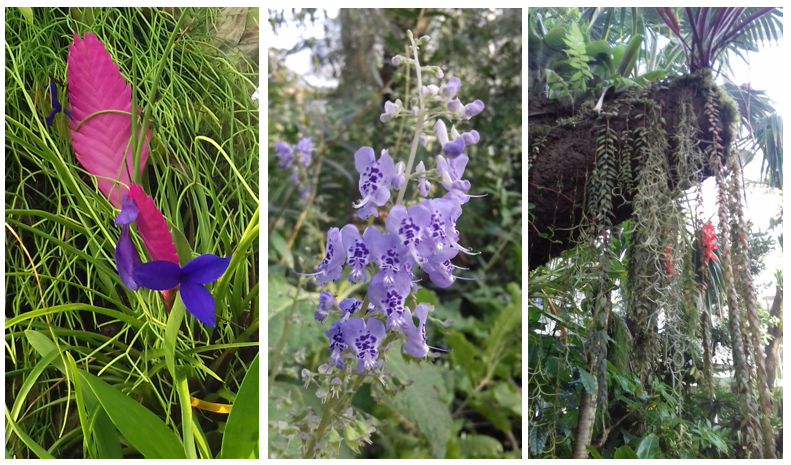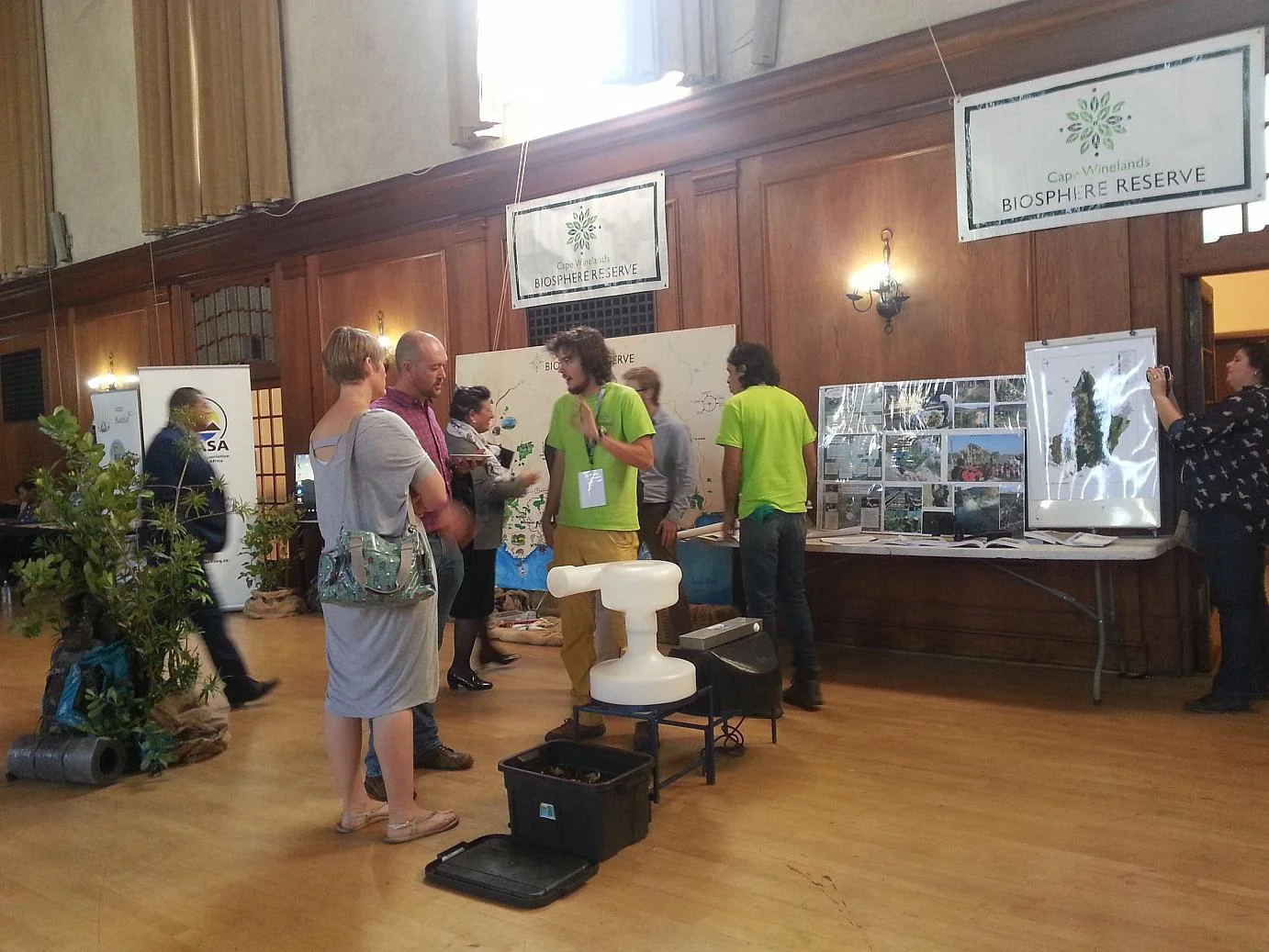La Source: A project with a splash of paint!
Cape Winelands Biosphere Reserve has launched its latest project to create awareness of Biosphere Reserves in South Africa (and internationally). The work they, and their partners, do in much needed conservation and development. The idea for the painting came together while discussing art, conservation, CWBR, and an artists’ desire to reach for the paint brush. This is how it is being carried out…
The awareness
By breaking a Guinness World Record, one of the biggest publications in the world, for the “World’s largest oil painting done by a single artist”, this Berg River project hopes to reach a huge number of people locally and worldwide. The painting is longer than a Southern Right whale!
The medium: The Berg River
The theme for the painting is inspired by all the life that surrounds the river, now and in the past, by the source of the Berg River - in the Jonkershoek mountains in Franschhoek, passing through towns and then leading out into the Atlantic Ocean through Velddrif, a coastal fishing town in the West Coast. The painting gives a natural and cultural depiction of the biodiversity that it supports.
The importance of the Berg River
The Berg River and its catchment area are the life blood to all communities, businesses, and agriculture from the Franschhoek Mountains to Velddrift.
The Artist
Charl Frank is an environmentalist at heart. Charl has worked with both clay and paint, water has always been a constant theme in his art. In 2014, Charl sculpted the Knysna seahorse as part of the official launch of Knysna Estuary being proclaimed an official international Hope Spot on 7 and 8 December. He also painted a large painting, under water, nicknamed ‘WaterBirth’ which is not at Del Vera, on the way to Stellenbosch.
Available to view
The painting will be available to view at Haut Espoir, a biodynamic farm in the Franschhoek Valley, in their wine cellar on the 15th – 16th September during the Uncorked Festival. Opening time 11h00. The majority of the farm dedicated to fynbos restoration and a riverine ecosystem, hosts a beautiful abundance of indigenous plant, animal life, and farming. The paint used for this project is from Dala, a company who stay on top of science and technology, with nature and conservation in mind.
What's next
This is only the beginning of the project. Keep an eye out for the exciting plans for the painting.
... and the projects that this painting has inspired.
‘The painting is an expression of the importance of the river to all of us’






















